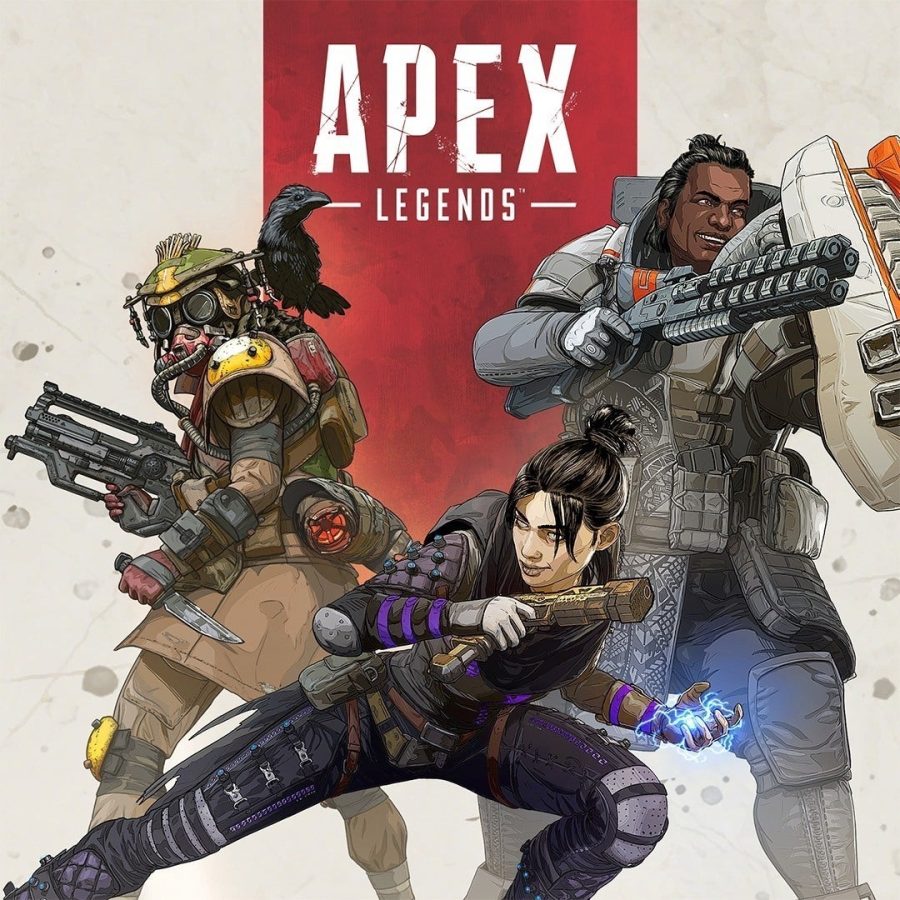Apex Legends is a fast-paced video game that only gets better with each session
When it comes to serious representation of video games in popular media, the examples are few and often undeserved. While most story-telling games are the usual suspects for unending praise, most shooter games are met with either chuckles or even disregard. The whole genre of shooters is full of fun, interesting, and enjoyable games. That’s why one of my favorite games is Apex Legends.
Apex Legends is a first-person shooter battle royale game that was released in 2019 and was met with instant attention after its surprise announcement and release. If I wanted to oversimplify, I would describe the game as follows: twenty teams of three drop from a ship onto a set location—islands or airships—and battle it out until only one team is left. The concept might not be the most complex or the most original, but the features this game adds distinguishes it from others.
One of the best features of the game is—coincidentally—the gameplay and how the situation reacts to how you act and maneuver over the differing environments. With a total of 4 maps and a variety of game modes, the gameplay is different with each experience. There is a massive arsenal of guns, but it’s never too hard to keep track of if you play for a bit. There are different gun and ammo types, each with their own strengths and weaknesses that keep fights fresh and tactical. But what good are guns if you don’t have someone to use them with? The large roster of over 20 in-game characters will be sure to spice up the experience with abilities specific to them that keep you engaged.
The fan-favorite feature is probably the interactions between the large cast of diverse characters. Each of the characters has their own background, personality, and voice lines. The characters bounce off of each other and even have mini-conversations at some points. The developers really wanted to put the legends in Apex Legends. This deepens with the amazing detail put into each character to make them feel even more human—or even inhuman—to maximize enjoyment. Even I find myself laughing at certain interactions from time to time.
Apex is the legacy sequel of the highly underrated game Titanfall 2. It draws much of the content from Titanfall 2 such as the aesthetic, designs, and even some of the gameplay features. This helps Apex in keeping a familiar look and feel throughout the game’s different locations and scenarios.
The main downfall of most battle royale games is that you have to keep updating constantly or the game will fall into irrelevance. You have to maintain the core elements that made the game great in the first place. However, Apex is a prime example of how to update a game without destroying it. The updates are always fun, interesting, and well thought through, with each update fixing and improving upon the last one to find the perfect sweet spot that will make everyone happy.
Of course, there is no game without its flaws. The biggest one here is the constant culprit of outrageous microtransactions. The games are tethered by EA Games—a constant culprit of outrageous microtransactions—who love pumping out content that costs way too much for the amount given. Almost the entire community hates this about the game and would love to see some in-game content that didn’t involve a price tag.
But the amazing thing about Apex is that all those limitations are optional. So, the player is able to play and experience freely and only gets into bad parts of the game if they want to. On top of that, the game is free for all to play so the player count can’t be limited by a price tag.
With all the amazing features and love the developers at Respawn Entertainment have put into Apex, it’s hard not to love it. The gameplay is immersive, the detail is outstanding, and the updates are incredible. Due to such immaculate execution, Apex Legends is deserving of its spot as one of my all-time favorite video games.

Jonathan is a junior entering his first year in The Central Trend. Following an interest of always trying new things has him excited and eager to join...



























































































